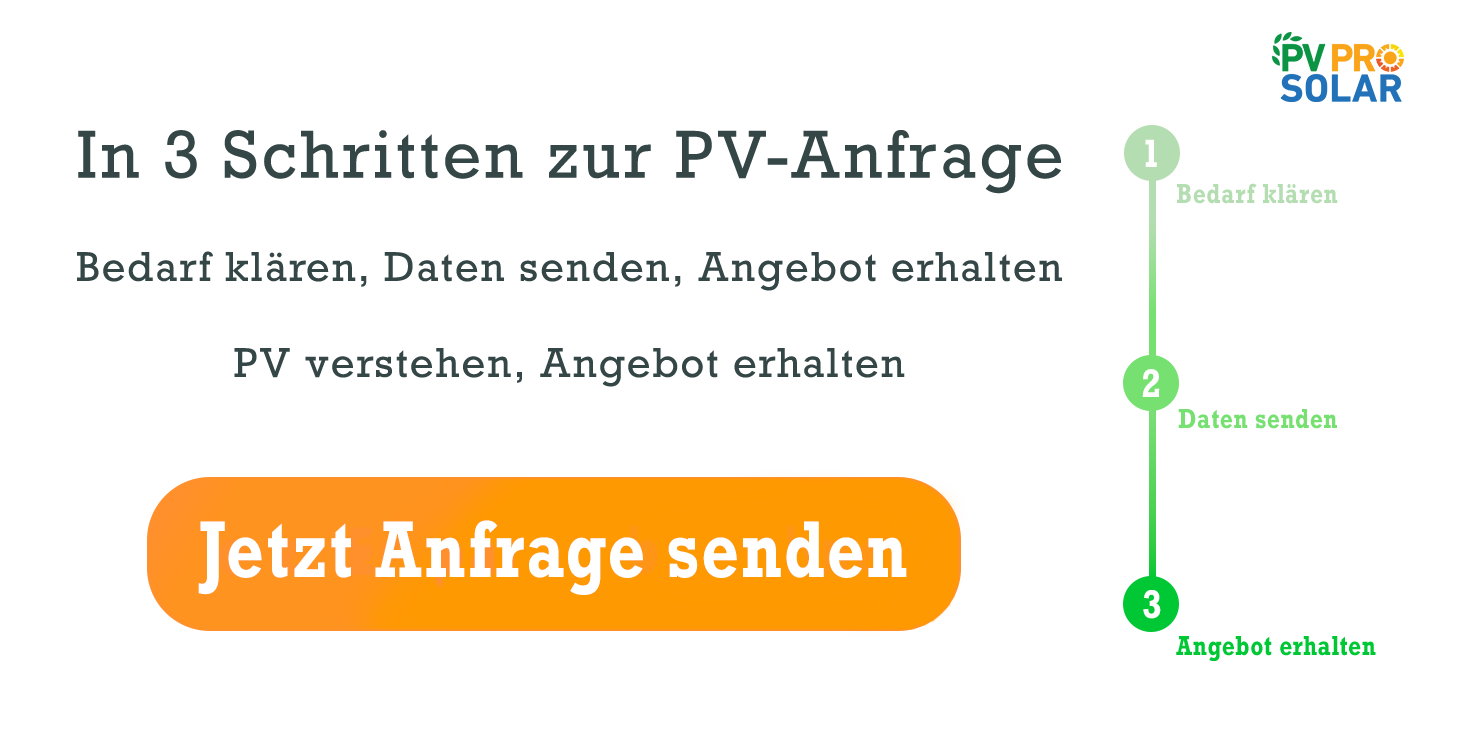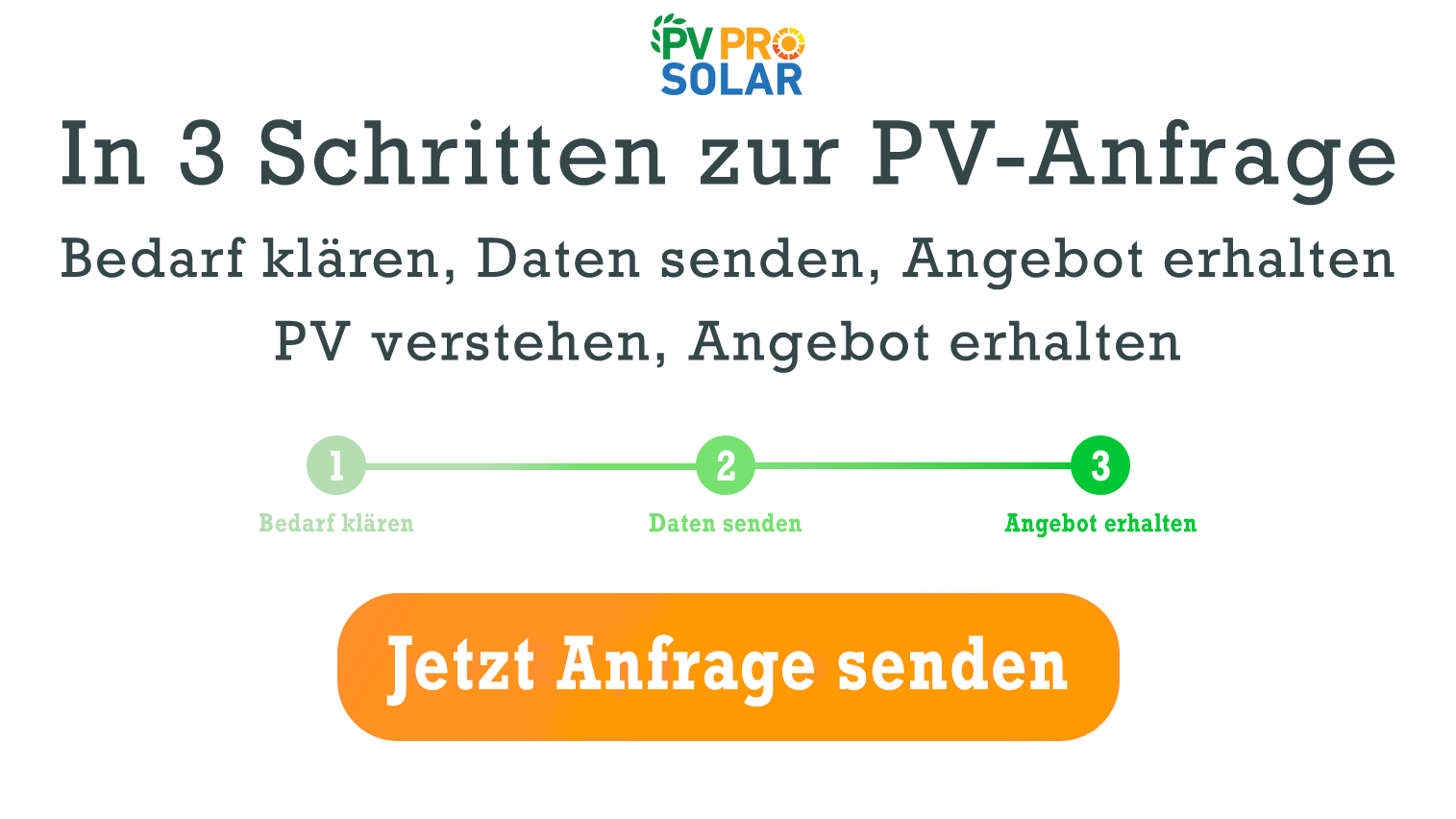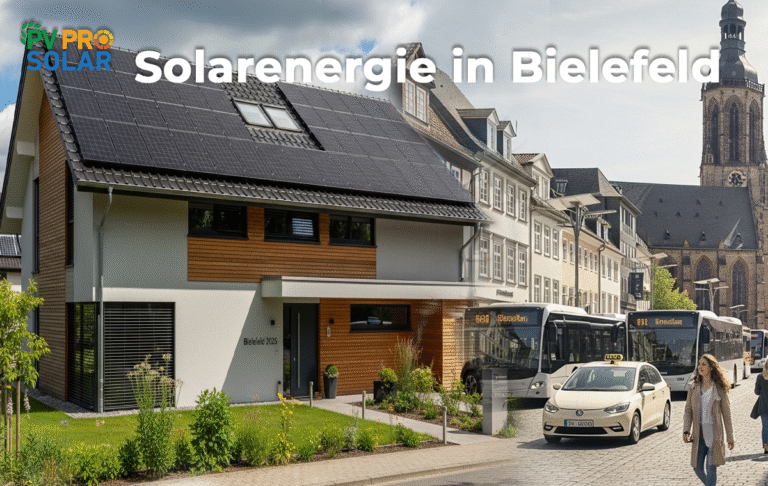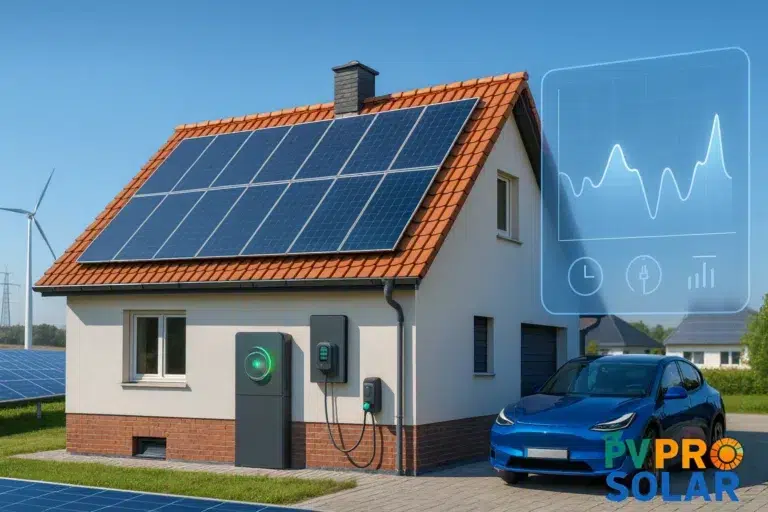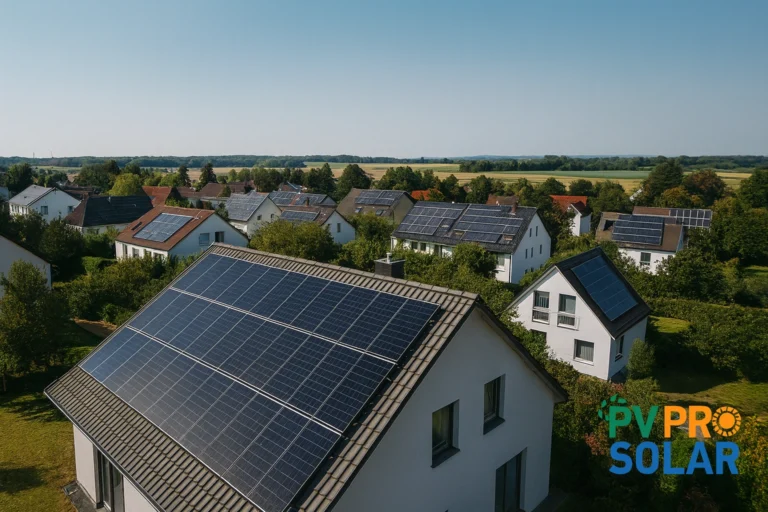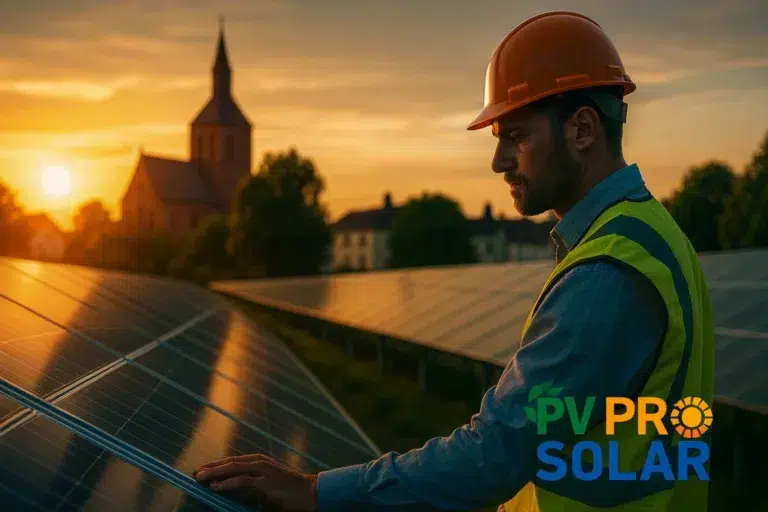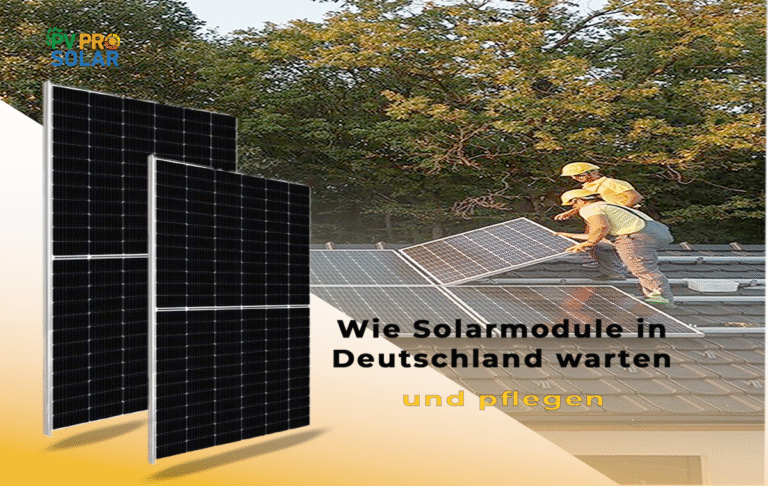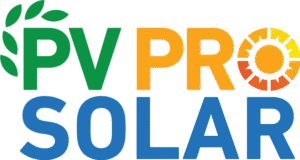Photovoltaic system costs in 2025: What can companies expect?
As energy prices continue to rise, climate goals grow more ambitious, and government subsidies increase, more and more companies in Germany are turning to sustainable energy solutions. One key question often takes center stage: How much does a photovoltaic (PV) system cost in 2025?
In this article, we provide a detailed analysis of current PV system costs, break down the key pricing factors and savings potential, and explain what businesses should consider when planning their investment.
Why a PV System Is a Smart Investment for Businesses?
A growing number of companies are adopting solar energy not only to hedge against fluctuating electricity prices but also to demonstrate environmental responsibility. Beyond the positive climate impact, PV systems offer clear economic advantages:
- Up to 80% reduction in energy costs
- Long-term price stability through self-consumption
- Enhanced brand image as a sustainable business
- Access to government subsidies and tax benefits
- Protection against rising CO₂ pricing
What Determines the Cost of a PV System?
PV system costs vary depending on multiple variables, which is why flat-rate pricing is rarely accurate. Below are the key categories and factors that determine the total cost:
1. System Size (kWp)
System Size (kWp) The greater the installed peak capacity (kilowatt-peak, kWp) of the entire system, the higher the investment costs. However, the cost per kWp reduces significantly for larger scale installations. Typical commercial and utility installations range between 30 kWp and several hundred kWp, whereas residential rooftop systems typically include smaller sizes.
Examples of typical average net costs:
- 10 kWp: approximately €14,000 – €17,000
- 50 kWp: approximately €60,000 – €80,000
- 100 kWp: approximately €110,000 – €140,000
- Over 250 kWp: custom calculated individually depending on project specifics
2. Type of Solar Modules
- Monocrystalline panels: Highest efficiency, higher cost per watt
- Polycrystalline panels: More affordable, slightly less efficient
- Glass-glass panels: Most durable, higher upfront cost
3. Inverter & Storage Solutions
Choosing the right inverter includes considerations that affect system efficiency and total cost. Optional battery storage can also be added, which typically costs ranges from €800–€1,200 per kilowatt-hour (kWh) of storage capacity.
4. Installation Effort & Site Conditions
- Roof type (flat vs. pitched rooftop)
- Structural requirements & accessibility
- Grid connection & distance to utility feed-in point
5. Additional Components & Services
- Monitoring systems development
- Wallboxes for electric vehicle charging, applying additional functionalities for customers
- Insurance & industry-standard maintenance services
Is a PV System Worth the High Initial Investment?
In short: yes. Most systems pay for themselves within 6 to 10 years. The higher your level of self-consumption, the faster your return on investment (ROI).
Example Calculation for a Medium-Sized Company (50 kWp wattage):
- Investment for complete panel installation: approx. €70,000
- Annual energy production: ~45,000 kWh
- Self-consumption rate: 80%
- Annual savings on electricity: approx. €13,000
- ROI: approx. 6 years
Tip: At PVPro Solar, we provide a customized ROI analysis based on your company’s unique energy profile and service needs.
Available Subsidies in 2025
Businesses in Germany still benefit from a wide range of support programs:
National Subsidies:
- KfW Promotional Loan 270 for renewable energy
- BAFA grants for storage systems and control technologies
- EEG feed-in tariff for feeding electricity into the grid
Regional Incentives:
Many federal states, cities, and municipalities offer additional support—such as grants or tax reliefs. Our consultants will help you identify the programs best suited for your business.
Secondary Costs to Budget For
In addition to the direct costs of panels and installation, businesses should also account for:
- Grid connection fees
- Meter replacement or upgrades
- Insurance premiums
- Maintenance contracts
- Potential roof repairs or structural upgrades
Tax Benefits for Businesses
PV investments enjoy attractive tax advantages in Germany:
- Depreciation possible under AfA (German depreciation regulations)
- VAT exemption on self-consumed electricity (for small business schemes)
- Investment deduction for planned purchases
We’re happy to explain all tax implications in detail during a personalized consultation.
Get Free Expert Advice Now!
Want to find out what a PV system would realistically cost for your business? Our expert team at PVPro Solar will analyze your on-site conditions, prepare a detailed economic feasibility report, and support you from planning through to commissioning.
Contact us today and take charge of your energy future.
For companies in Germany, investing in solar power is more beneficial than ever before. Despite the initially high upfront costs, professional planning—such as with PVPro Solar—delivers long-term savings, reliable clean energy, and a clear competitive edge.
Installation time depends on system size, location, and site conditions. Typically, installation—including grid connection and commissioning—takes 1 to 3 weeks. A detailed schedule is provided during project planning with PVPro Solar.
Yes. Many companies opt for leasing models, hire-purchase options, or subsidized loans such as the KfW Loan 270. These options allow businesses to invest without large initial costs while also benefiting from tax advantages. Our team at PVPro Solar will help you find the best financing solution. How long does it take to install a commercial PV system?
Can businesses finance or lease a PV system instead of paying upfront?

